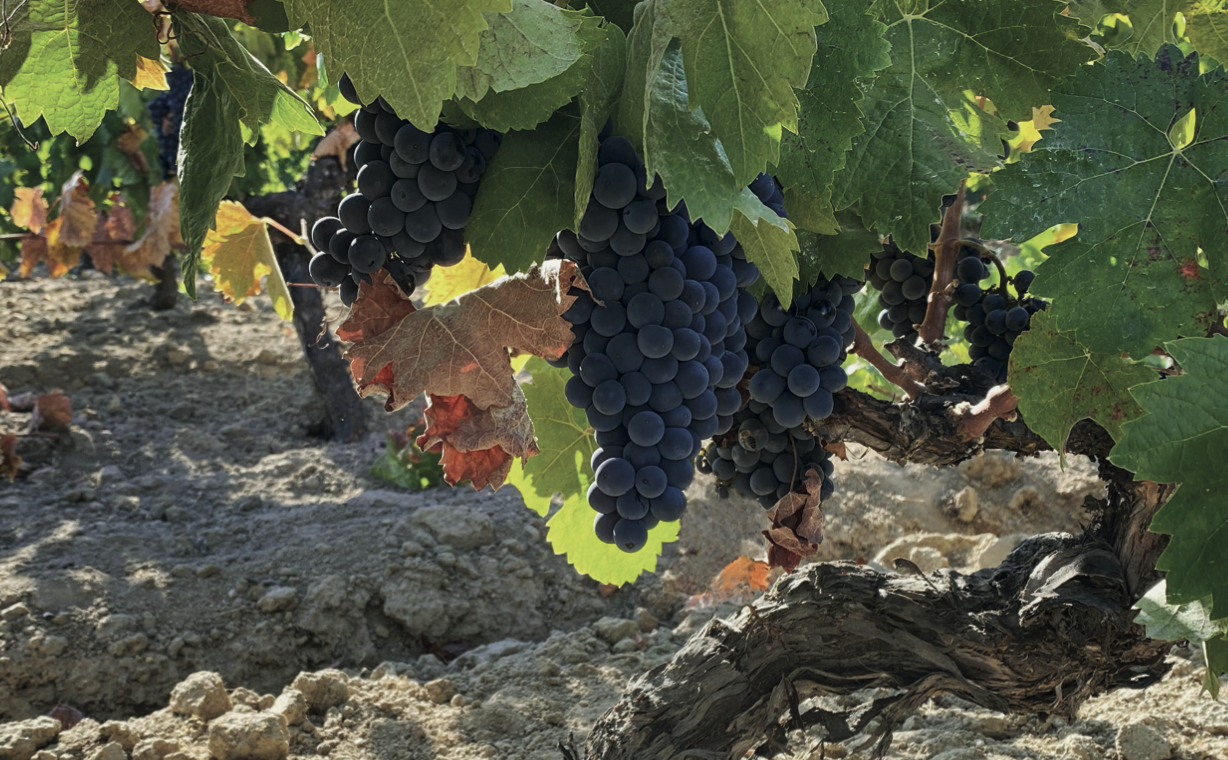Vigno Ten Years Later: What Have We Learned?
At the Old Vine Conference, we celebrate initiatives that champion heritage vineyards and their invaluable contribution to global viticulture. One such pioneering collective is VIGNO -- Vignadores de Carignan, a collective established by a group of winemakers in 2011 to revive and garner attention for the historic, bush-trained, dry-farmed, Carignan vineyards in the Maule—the cradle of South American viticulture.
It was here where País vineyards were planted as far back as the 1500´s. Land grants in the early Spanish colonies, or homesteading, had settlers: farming land, building a home, and making wine for Catholic Mass—to receive title later based upon all three. Later, Carignan came to the blend lending acid, colour and tannin so the country wines could better satisfy the growing demand in early towns and cities. Much later still a group of curious winemakers would recognise the beauty of the Carignan made on its own and Vigno was born.
VIGNO emerged in response to the challenging economic and environmental conditions of the Maule´s Secano Interior or dry-farmed interior. In this rain shadow of Chile´s Coastal Range where País, Moscatel and Carignan vines successfully adapted to dry conditions with scarce seasonal rainfall.
With generous support from the International Wine & Spirit Competition (IWSC) through a dedicated bursary, extensive research was conducted into VIGNO’s historical significance, scientific uniqueness, and economic impact over its first ten years. The study was developed collect the various facets of how the group worked toward helping others band together effectively around old vines in other parts of the world.
The research provided scientific validation of Chilean Carignan's distinctive characteristics. Compared to European Carignan wines, the Maule Valley’s versions consistently exhibited higher acidity and lower pH levels, contributing to their freshness and balance. They were also notable for elevated concentrations of phenolic compounds, particularly anthocyanins like Malvidin-3-glucoside, enhancing both colour intensity and stability. Additionally, sensory analyses demonstrated unique aromatic complexity, with persistent acidity and moderate astringency especially evident in the structured, tannin-rich 2021 vintage.
From a financial perspective, the collective approach adopted by VIGNO has proven highly successful. By establishing and adhering to self-imposed production standards and regulations resembling a Denomination of Origin (D.O.C.), VIGNO has elevated the market perception and value of its wines. Despite relatively modest production volumes, VIGNO wines command prices significantly higher—approximately four times the national average—demonstrating the economic viability and success of the collaborative model.
International critics have bestowed numerous accolades upon the wines. Critics and consumers alike have recognised VIGNO’s crucial role in redefining perceptions of Chilean wine, highlighting the quality potential of less-mainstream varieties and regions. Its structured yet flexible model of governance, grounded in collaboration and authenticity, serves as an inspirational benchmark for other old-vine and heritage vineyard initiatives around the globe.
We extend heartfelt gratitude to IWSC for making this valuable research possible. The insights gained not only reinforce VIGNO’s significance within the global wine community, but also provide actionable lessons for preserving and promoting heritage vineyards and grape varieties around the world.
The research paper is free and available to all. Read the report in full:



